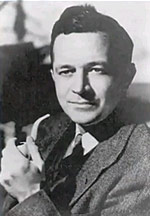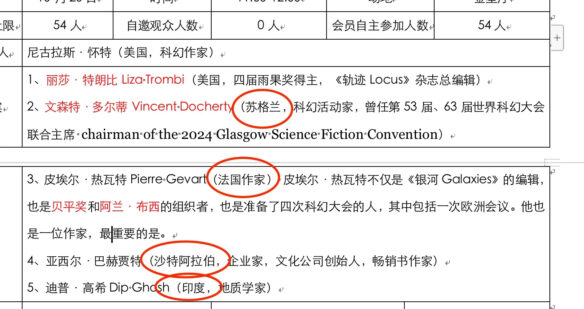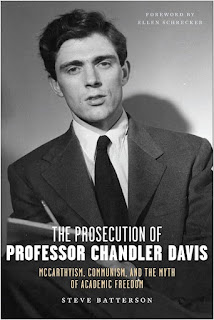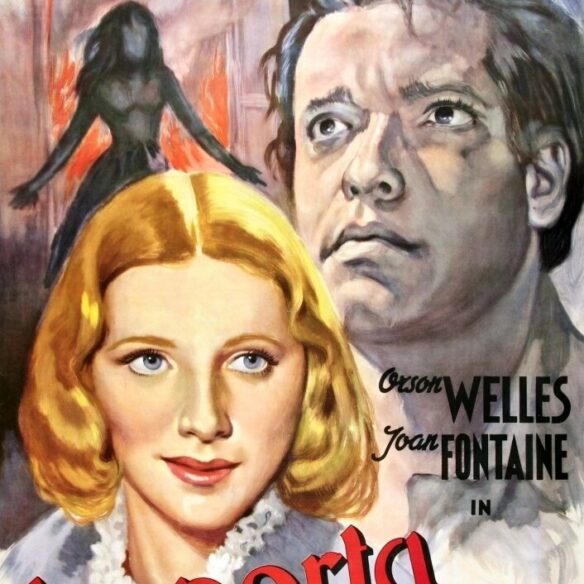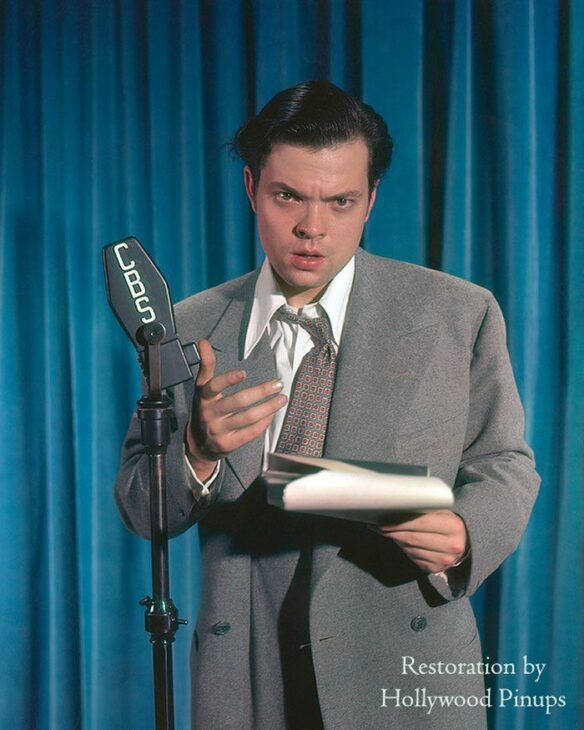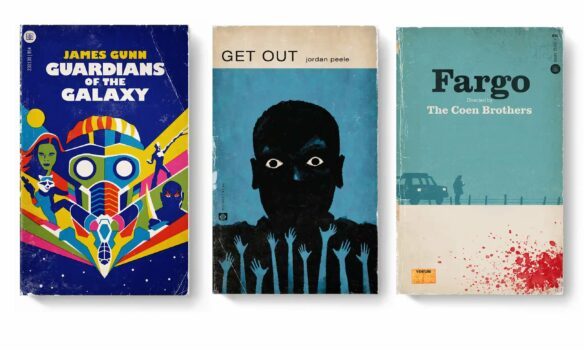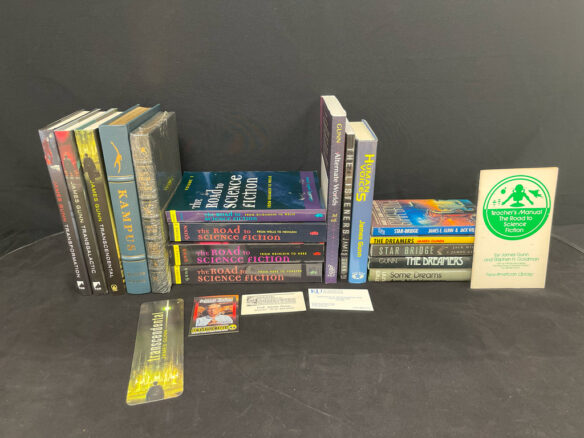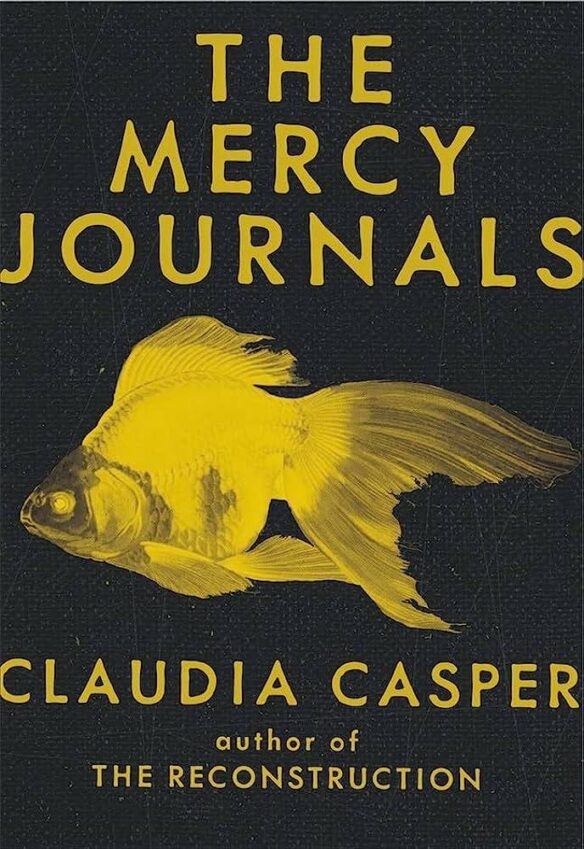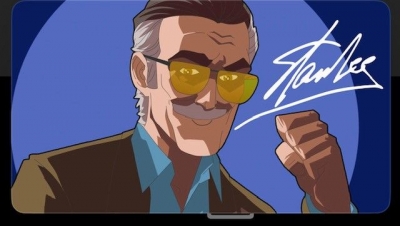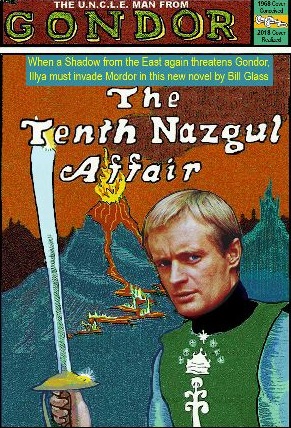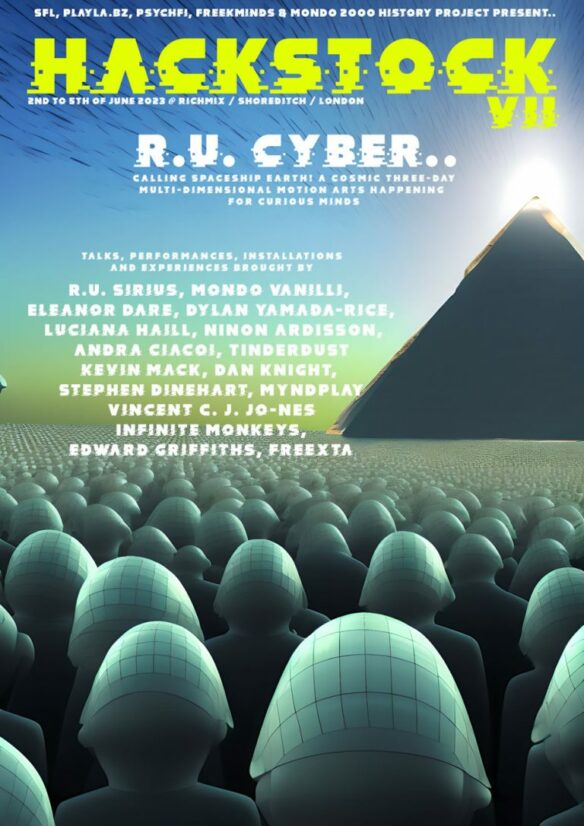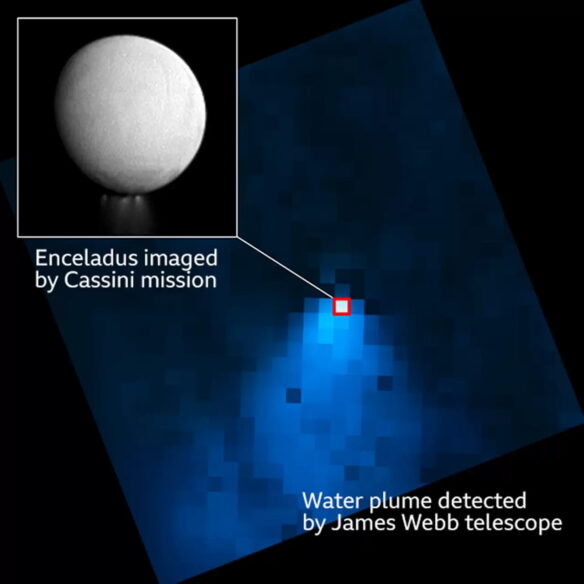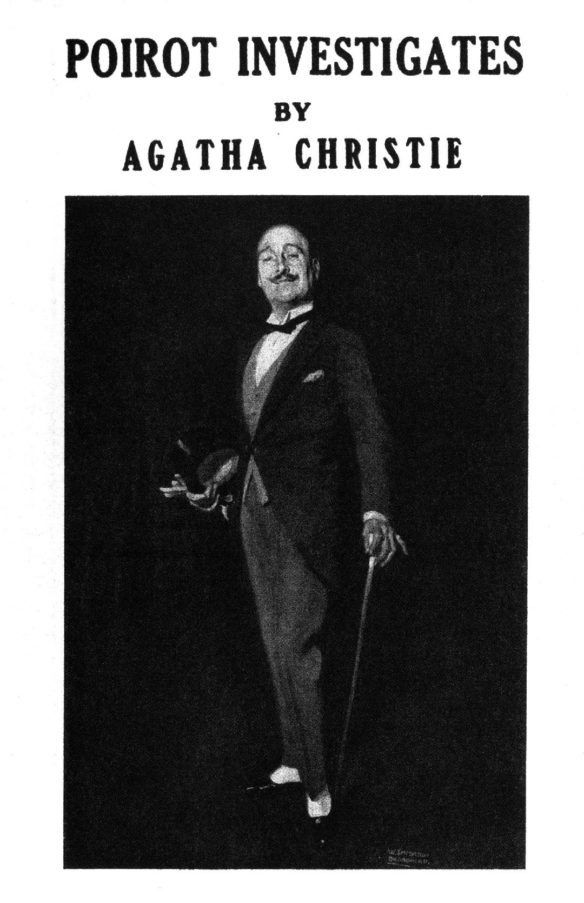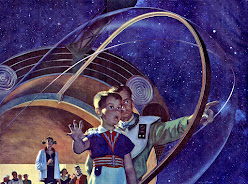(1) ALEC BALDWIN INVOLUNTARY MANSLAUGHTER CASE DISMISSED. CNN witnesses the moment when “Judge Throws Out Case Against Alec Baldwin”.
There were stunned faces across the courtroom as Judge Mary Marlowe Sommer abruptly started into her ruling on the motion to dismiss Alec Baldwin’s indictment….
…The judge began with an explanation that dismissing any case requires her to read through a formal and lengthy statement.
At that moment, members of the gallery — the general public, court officers and journalists — began to turn and look at each other in disbelief that a dismissal appeared imminent.
Looks of both shock and elation began to cross the faces of some of Baldwin’s family members and his guests in the audience as the judge detailed line by line why she was throwing out the case.
Baldwin’s sister Beth wiped her eyes with a tissue.
Members of the Baldwin family cried and embraced after the judge finished her order with, “Your motion to dismiss with prejudice is granted.”
Here are the issues that led to the judge’s decision:
…The judge in the trial of actor Alec Baldwin had halted testimony in the case and sent the jury home for the day before reaching her decision this evening to dismiss the indictment.
Judge Mary Marlowe Sommer had been considering a new motion by the actor’s legal team to have the case thrown out based on allegations of wrongdoing by investigators.
The motion stems from testimony given by a crime scene technician on Thursday about some ammunition delivered to the sheriff’s office after the conviction of “Rust” armorer Hannah Gutierrez Reed, which Baldwin’s team claims was not properly disclosed to the defense.
Several rounds of ammunition were brought to the Santa Fe County Sheriff’s Office in March after the first trial concluded by retired police officer Troy Teske, a friend of the armorer’s father, crime scene technician Marissa Poppell testified.
Teske allegedly told investigators he believed the ammunition could be associated with the “Rust” incident, Poppell said. However, the crime scene technician said the items were catalogued separately and were not included in the Rust inventory or tested to see if they matched the lethal round….
(2) EATING THE FANTASTIC. Scott Edelman invites listers to savor a seafood pancake with Ai Jiang in Episode 230 of the Eating the Fantastic podcast.

We chatted with the Bram Stoker Awards ceremony a mere two days in the future, where she was nominated in the Long Fiction category for Linghun. And even though as you’ll hear she had doubts she had a chance of winning — she won!
And that’s not the only thing she won following our conversation, for a week later, her I am AI won a Nebula Award. I am AI is also currently on the final ballot for the Hugo Award, where she’s also up for the Astounding Award for Best New Writer. But that’s not all when it comes to Ai Jiang and awards. She won an Ignyte Award for her poem “We Smoke Pollution,” received a Nebula Award nomination for her short story ““Give Me English,” was part of the Strange Horizons collective nominated for a semiprozine Hugo Award, and has been nominated for a British SF Association Award and Aurora Award as well.
Her fiction has also appeared in the magazines Fantasy & Science Fiction, Interzone, The Dark, Kaleidotrope, The Deadlands, Planet Scumm, and others, as well as in such anthologies as Fighting for the Future: Cyberpunk and Solarpunk Tales, Step Into the Light: An Anthology of Daylight Horror, and Mother: Tales of Love and Terror. Her short story collection Smol Tales From Between Worlds was published last year.
We discussed why being nominated for multiple awards may actually have made her Imposter Syndrome worse, what the Odyssey workshop taught her which helped her finish her first novel (and whether that book might be too ambitious a debut), the novels which made her want to be a writer, what makes us power on in the face of rejection, how writing is like competitive badminton, the secret to writing successful flash fiction, the book she was given which turned her from a pessimist into an optimist, what she learned from her “soul-draining” career as a ghostwriter, how an editorial suggestion turned Linghun from flash fiction into a novella, the most daunting aspects of revision, and much more.
(3) WHO, TREK SHOWRUNNER SUMMIT MEETING. “Comic-Con: Star Trek, Doctor Who to Appear at Joint Panel” reports Variety.
In a show of geek unity, the executive producers and showrunners of the “Star Trek” TV universe and the “Doctor Who” Whoniverse — Alex Kurtzman and Russell T Davies, respectively — will appear in a panel together at San Diego Comic-Con. The panel, which will be held on Saturday, July 27 at the largest fan gathering in North America, will kick off celebration of the first “Intergalactic Friendship Day” on July 30, an effort by the two franchises to foster greater connection and fellowship between their fandoms. (The celebration lines up with the International Friendship Day, created in 2011 to bring together people across the planet.)
Under the banner of “Friendship is Universal,” “Star Trek” and “Doctor Who” will headline a gallery experience in the Gaslamp Quarter of San Diego during Comic-Con, which will feature original costumes and props from both franchises, along with photo opportunities and friendship bracelet giveaways….
(4) SHIELD BEARER. Animation World Network rings the bell as “Marvel Drops ‘Captain America: Brave New World’ Teaser Trailer”.
The Cap is back in cinemas… finally! Anthony Mackie returns to “wield the shield” as Captain America in the upcoming superhero adventure from Marvel Studios. The Falcon, played by Mackie in previous MCU films, officially took on the mantle of Captain America in the finale of The Falcon and The Winter Soldier, which ran on Disney+ in 2021.
In the new film, after meeting with newly elected U.S. President Thaddeus Ross, played by Harrison Ford in his MCU debut, Sam finds himself in the middle of an international incident. He must discover the reason behind a nefarious global plot before the true mastermind has the entire world seeing red….
(5) HOBBIT ACTORS GO PUB CRAWLING. “Billy Boyd & Dominic Monaghan Talk ‘Billy And Dom Eat The World’”.
Billy Boyd and Dominic Monaghan’s food travelog series Billy and Dom Eat the World gave the pair a chance to renew their Lord of the Rings fellowship with Ian McKellen.
In the first episode of their six-part series from Dash Pictures and new distributor Abacus Media Rights, Boyd and Monaghan, who played Pippin and Merry in Peter Jackson’s movie trilogy, visit Gandalf — sorry, McKellen — at his east London pub The Grapes on the bank of the River Thames.
“It happened we were looking at London pub culture and it just so happens Ian McKellen has a pub,” Boyd told Deadline in an exclusive interview. “He told us why he ended up in that part of London, and what pubs mean to Britain.”…
(6) GET READY TO HEAR A DIFFERENT RING CYCLE. The Lord of the Rings musical will run from July 19-September 1 at the Chicago Shakespeare Theater. Steve H Silver notes that this is a heavily revised version of the Lord of the Rings Musical that premiered in Toronto and London in 2006.

(7) “CAN’T HE SHUT UP?” “Will Ferrell Says James Caan Told Him ‘You’re Not Funny’ on ‘Elf’ Set and Acting ‘Too Over the Top’; Caan Later Called Him ‘Brilliant’ After Seeing the Film” in Variety.
Will Ferrell revealed during an interview on the “Messy” podcast (via IndieWire) that his late “Elf” co-star James Caan was not a fan of his performance as Buddy the Elf until he saw the final cut of the Christmas movie at the film’s premiere. Ferrell said that Caan told him at several points during production that he just wasn’t funny, although Ferrell admitted to driving Caan “crazy” on set while playing the overenthusiastic Buddy.
“James Caan, may he rest in peace, we had such a good time working on that movie,” Ferrell said. “He would tease me. I like to do bits but I’m not like ‘on’ all the time. In between set ups, [Caan] would be like, ‘I don’t get you. You’re not funny.’ And I’m like, ‘I know. I’m not Robin Williams.’ And he was like, ‘People ask me: “Is he funny?” And I’m like, “No, he’s not funny.”‘ It was all with love but at the same time…”
Hear the complete podcast here: “MeSsy with Christina Applegate & Jamie-Lynn Sigler”.
(8) TODAY’S BIRTHDAY.
[Written by Paul Weimer.]
July 12, 1923 – James E. Gunn. (Died 2020.)
By Paul Weimer: For me, James E. Gunn’s work falls into two distinct buckets.
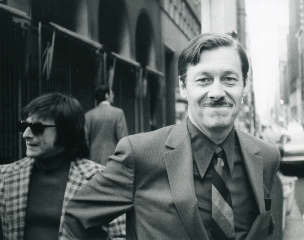
The first is his own fiction. When I think of novels like Transformation, or The Listeners, or Gift from the Stars (sadly, my reading of his work is far from complete), I think of his work as old-school High-Minded Science Fiction in the grand tradition. Characters and sometimes even plot are secondary. But theme and ideas? That’s where Gunn’s work shines. There are a lot of Gunn novels and stories about contact, and often first contact with aliens, and it is the ideas and themes of those novels and story that resonate, and show power, from back at the beginning of his career, all the way to the end. The Big Damn Idea, and often, because this was Gunn, several of them intersecting together. Like in Transformation, which has transcendentalism running head-to-head against planetary sized AIs, in a space opera story that spans a good chunk of the galaxy in the process. That was Gunn’s power chords and he could surely play them.
The other half was his work as an educator, and his meta-science fictional interests. He wrote and anthologized in this mode to lengths and degrees perhaps only the likes of Silverberg or Dozois could match. Where Gunn resonates for me in this best is his epochal and genre-defining series The Road to Science Fiction. It’s not so modest ambition takes the history and development of the field from Gilgamesh all the way to the present day of their writing. I had started with Volume Three, by pure chance and accident, and it was that volume that, for example, that I discovered authors like Joe Haldeman (yes, even before The Forever War, his story “Tricentennial” amazed me. I devoured that book, and searched far and wide to get volumes 1, and 2, and then later 4 five and 6. I’ve lost copies over the years, and really need to recollect those volumes (the tangled rights mean that ebooks are never going to happen) so that I can have at a hand the breadth and selections Gunn made, as well as the interstitial and introductory manner that helped me understand *why* he picked those stories. That legacy, even more than his own work, remains with me still.
(9) COMICS SECTION.
- The Argyle Sweater knows there’s a reason these apps are unpopular.
- Bizarro documents dino relations.
- Rhymes with Orange strengthens passwords.
(10) SF 101. Phil Nichols and Colin Kuskie review the short story finalists for the 2024 Hugo Award in “Hugos Where I Goes” in episode 44 of the Science Fiction 101 podcast.
(11) IT’S NOT IN CLEVELAND. It’s Metropolis, wink wink. “Filming for the new ‘Superman’ movie has been happening in Cleveland” and NPR is looking in.
It’s not a bird or a plane — it’s the “Man of Steel.” Filming is underway in Cleveland for a new Superman movie to be released in the summer of 2025….
… KABIR BHATIA, BYLINE: The Man of Steel was created by Jerry Siegel and Joe Shuster, who met in Cleveland as teenagers at Glenville High School.
BHATIA: Filming for this latest Superman story started at a beach in a nearby state park. That’s where tents, a barracks and old Jeeps were used to create a retro Army base. Then the production moved downtown, to Cleveland’s Public Square. That’s where Will Tabar takes his daily coffee break.
WILL TABAR: Looks like they got Metropolis official park benches here in the middle of Public Square. We also have multiple new bus stops going in, replacing our RTA with the Metropolis MTAs.
BHATIA: It’s Cleveland in disguise as a 1980s version of the city where Superman and his alias, Clark Kent, lives and works….
(12) GEE-WHIZ. “Scientists design spacesuit that can turn urine into drinking water” reports the Guardian.
A sci-fi-inspired spacesuit that recycles urine into drinking water could enable astronauts to perform lengthy spacewalks on upcoming lunar expeditions.
The prototype, modelled on the “stillsuits” in the sci-fi classic Dune, collects urine, purifies it and can return it to the astronaut through a drinking tube within five minutes.
The suit’s creators hope it could be deployed before the end of the decade in Nasa’s Artemis programme, which is focused on learning how to live and work for prolonged periods on another world.
“The design includes a vacuum-based external catheter leading to a combined forward-reverse osmosis unit, providing a continuous supply of potable water with multiple safety mechanisms to ensure astronaut wellbeing,” said Sofia Etlin, a researcher at Weill Cornell Medicine and Cornell University and co-designer of the suit….
(13) MARGINAL IMPROVEMENTS. “Can artificial intelligence boost creativity? Yes — but at a price” NPR has learned.
…Oliver Hauser, an economist at the University of Exeter in the UK who studies artificial intelligence, wanted to try and answer the basic question of whether AI could increase creativity….
…To try and get some hard data on this squishy question of creativity, Hauser teamed up with Anil Doshi at the University College London School of Management. They recruited nearly 300 people, who Doshi says did not identify as professional writers. “We asked them to write a short, eight-sentence story,” he says.
Around one-third of the writers had to come up with ideas on their own, while others were given starter ideas generated by the chatbot ChatGPT 4.0. Those that got help were divided into two subgroups: one that got a single AI-generated idea, and one that got to choose from up to five.
Crucially, Doshi says, both the human-only and AI-assisted groups had to write the stories themselves….
…The results, published today in the journal Science Advances, found that stories written with AI help were deemed both more novel and useful. Writers who had access to one AI idea did better, but those who had access to five ideas saw the biggest boost — they wrote stories seen as around 8% more novel than humans on their own, and 9% more useful.
What’s more, Doshi says, the worst writers benefited the most.
“Those that were the least inherently creative, experienced the largest improvement in their creativity,” he says.
So AI really does appear to make people more creative. But there’s a plot twist: When Hauser and Doshi looked at all the stories, they found a different effect.
“Collectively speaking, there was a smaller diversity of novelty in the group that had AI,” Hauser says.
In other words, the chatbot made each individual more creative, but it made the group that had AI help less creative.
Hauser describes the divergent result as a “classic social dilemma” — a situation where people benefit individually, but the group suffers….
[Thanks to Cat Eldridge, SF Concatenation’s Jonathan Cowie, Steven French, Mark Roth-Whitworth, John A Arkansawyer, Steven H Silver, Teddy Harvia, Kathy Sullivan, Mike Kennedy, Andrew Porter, John King Tarpinian, and Chris Barkley for some of these stories. Title credit belongs to File 770 contributing editor of the day Kaboobie.]



